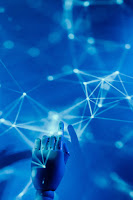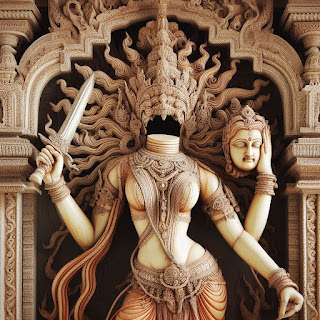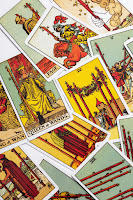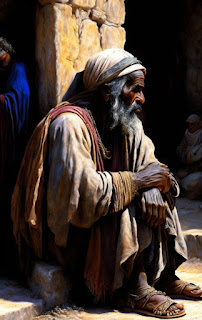A Moustache in the Desert, or How I Navigate my Uncomfortable Relationship with AI
AI Art Generation
As an artist, I have always been fascinated by the creative process. Though I am skilled at drawing,I have found myself turning to AI as a tool to help me experiment with different styles and techniques. While AI art generation can be useful in this way, I have also discovered that it has its limitations.
One of the ways I sometimes use AI in my art process is by starting with a rough sketch and then uploading it to an AI art generator to flesh out the details. This helps me to experiment with different styles and get a better idea of how I want the final product to look. Then I can move it into GIMP to create the finished product. In this way, AI has been a great help to me.
However, when it comes to generating art from scratch, no matter how good your prompt may be, AI can still produce some strange results. For instance, I once tried to get an AI art generator to produce an image of John the Baptist in the wilderness, with a fully detailed prompt including negative prompts. What I got in return was ... well... this:
While AI art generation can be useful as a middle step in creating a work of art, it is not a replacement for the human imagination. AI still has a long way to go in terms of truly understanding the nuances of human expression and translating that into art.
ChatGPT
As a writer, I have found that AI can be a helpful assistant when it comes to certain tasks such as product descriptions, brainstorming, and editing. However, I have also learned that using AI to write articles from scratch can be a risky proposition.
When I first started using ChatGPT, I found it to be a helpful tool for generating writing prompts and polishing what I had already written. However, when I tried to get it to write an article on Temple Theology, it got everything wrong. I mean... everything. The resulting article was a mess, filled with inaccuracies and nonsensical statements.
While ChatGPT can be a useful tool, it is important to remember that it is not a replacement for human creativity and critical thinking. AI can generate content quickly and efficiently, but it lacks the depth of understanding and nuance that human writers bring to the table.
In conclusion, my relationship with AI is a complex one. While I have found it to be a helpful assistant in both art and writing, I have also discovered its limitations. Using AI as a tool can be a useful way to experiment and explore new ideas, but relying on it too heavily can result in errors and strange outcomes – like moustaches in the desert.





Comments
Post a Comment